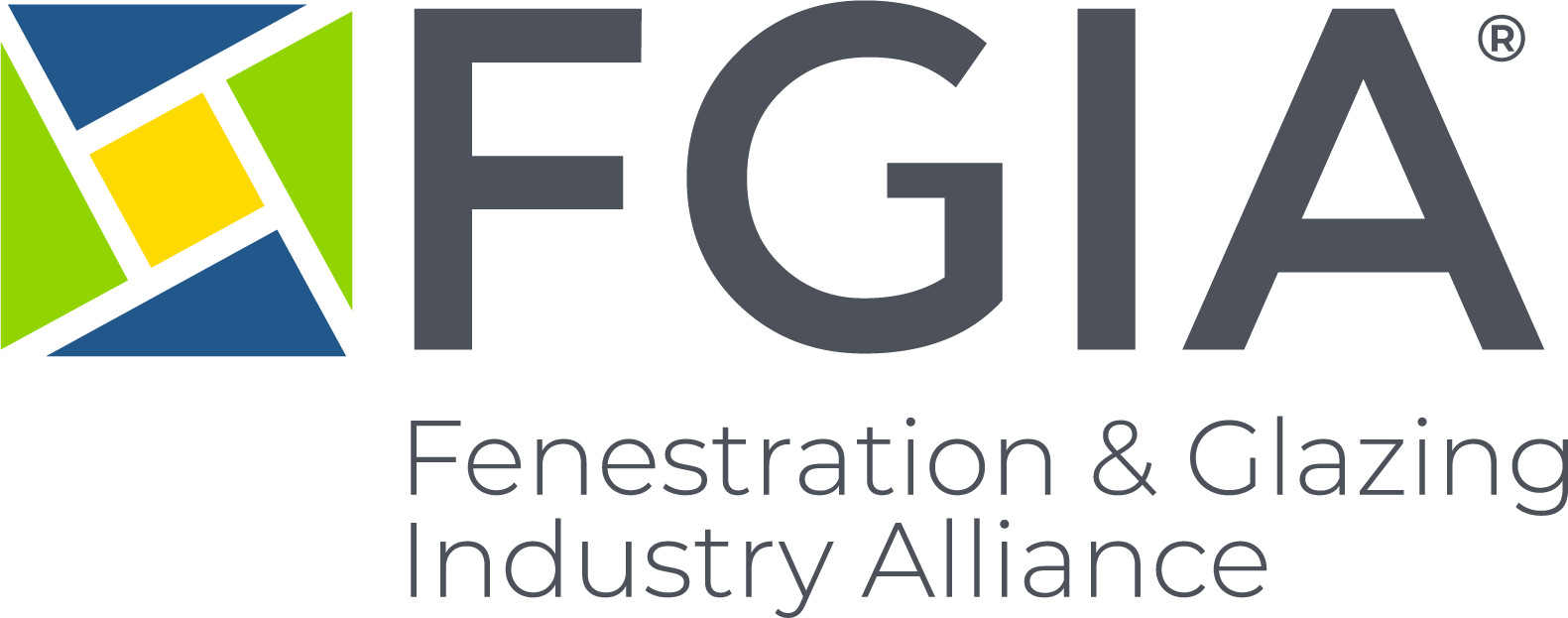2019 California Energy Standards Take Shape

California has been pursuing a multiple year process to improve energy efficiency with a goal of net zero by 2020, reported Ken Nittler, PE (WESTLab), during the recent AAMA Western Region Summer Summit. However, the metrics are complicated. For example, homes with both gas and electricity are a large hurdle to evaluating zero net energy (ZNE).
Title 24 (Part 6), scheduled for implementation on January 1, 2020, has established the goal that new building standards achieve Net Zero Energy (NZE) levels by 2020 for residences and by 2030 for commercial buildings.
Title 24, now under development, seeks to make progress toward the ZNE goal and contribute to the state’s greenhouse gas (GHG) reduction objectives, all while ensuring that real benefits accrue to building occupants with positive cost-benefit ratios.
To accomplish this, it seeks to promote utilization of photovoltaic (PV) electricity generation. A limited trade-off of PV against efficiency measures (such as better windows) has been established. Also, compliance credit for the use of storage batteries is now allowed.
New compliance calculations
Historically, a builder/architect would hire an energy expert who uses a simulation program. Now, California is switching to an energy design rating (EDR), which can be used to determine Title 24 performance compliance. EDR is a ratio of energy used by a proposed home to a 2006 IECC-compliant home. There are two EDR values: Efficiency EDR (all efficiency measures) and Total EDR (all efficiency measures plus PV). California Building Energy Code Compliance - Residential (CBECC-Res) compliance software does all EDR calculations and now includes detailed calculation for PV and storage batteries.
Residential prescriptive requirements continue to tighten. Maximum U-factor is now 0.30 for windows, and there are new requirements of a U-factor of 0.20 for doors with less than 25 percent glazing (fire doors exempted). SHGC in cooling climates will be reduced for 2019 (0.25 to 0.23). Also, a maximum of 20 percent of floor area has been set for glazing, although area weighting is acceptable (some windows can be worse as long as the building average meets the criteria). Replacement windows must meet prescriptive requirements except up to 75 square feet can have a U-factor of 0.40 and 0.35 solar heat gain coefficient (SHGC). Treatment of skylights is unchanged.
For non-residential buildings, U-factors for vertical fenestration remain unchanged from 2016 at a maximum U-factor of 0.36 for fixed windows, 0.46 for operable windows, 0.41 for curtain wall or storefront and 0.45 for glazed doors. The range of permissible SHGC is 0.26 to 0.23.
Nittler’s detailed presentation may be viewed on the AAMA website (member login is required).
Read more from News, Western Region, Events, Sustainability





